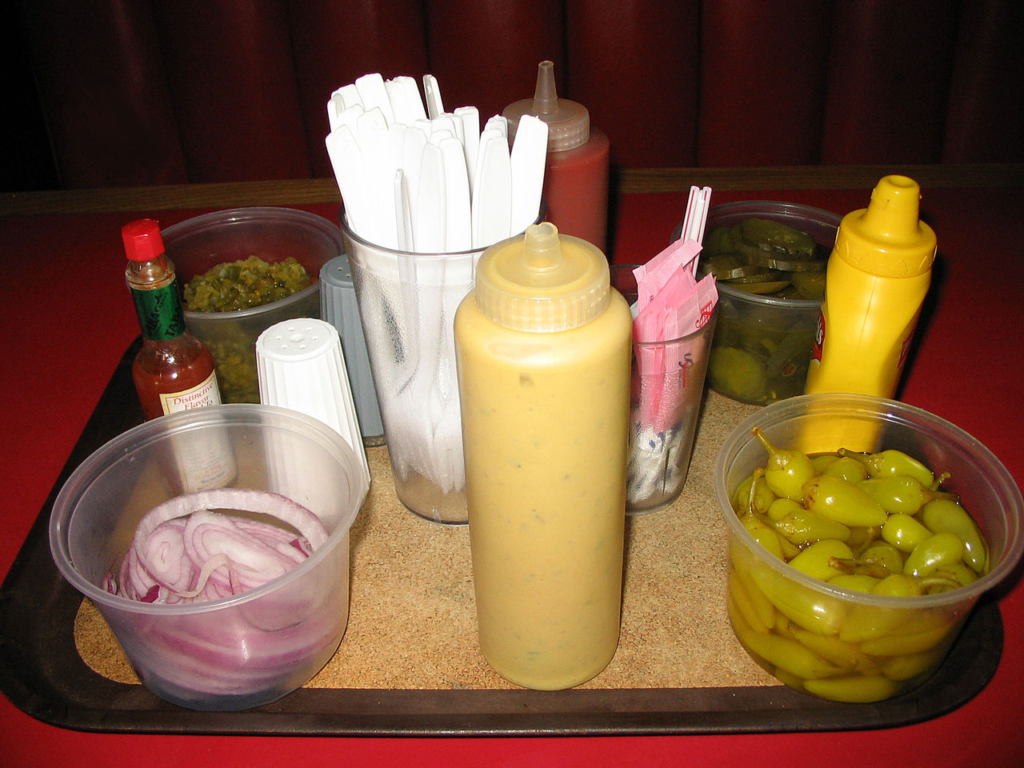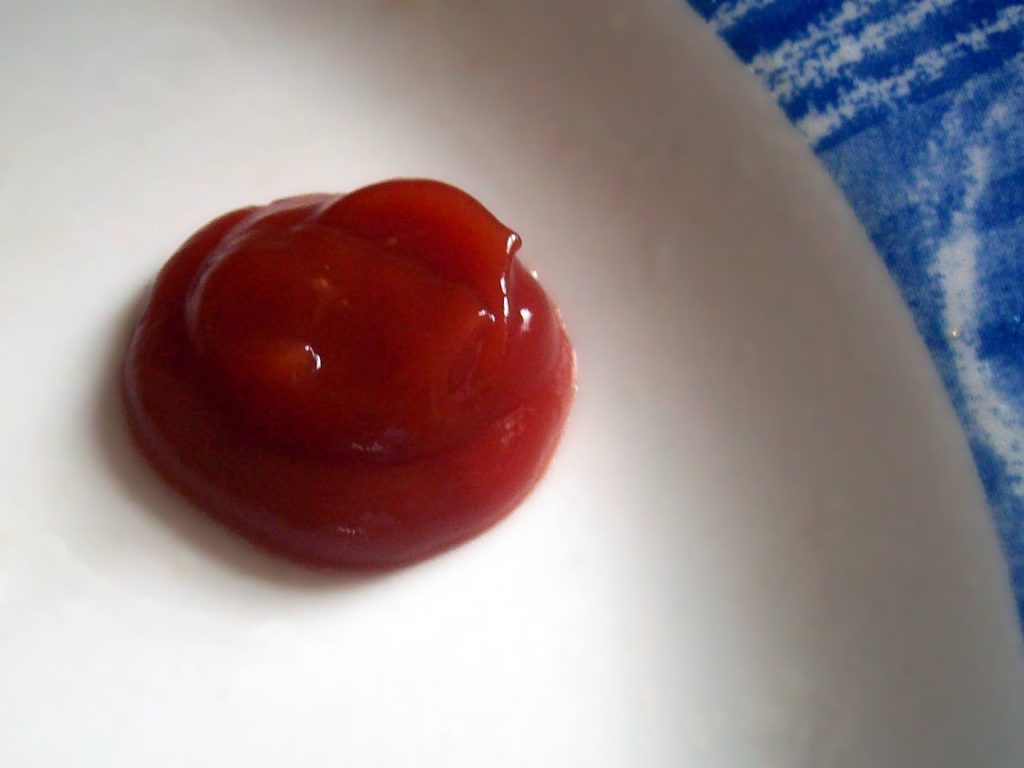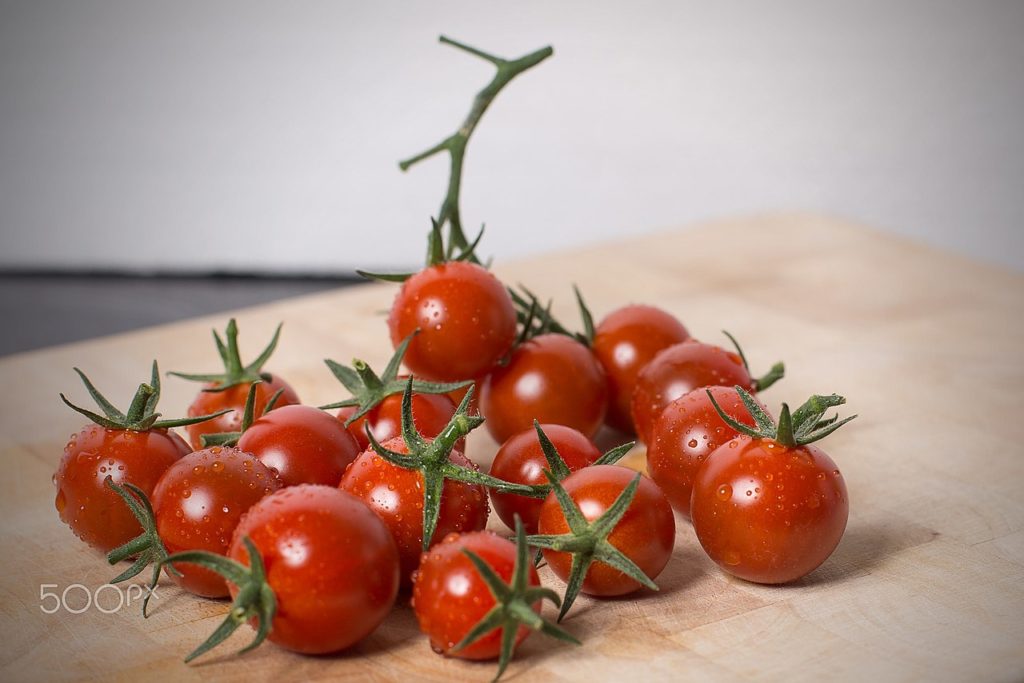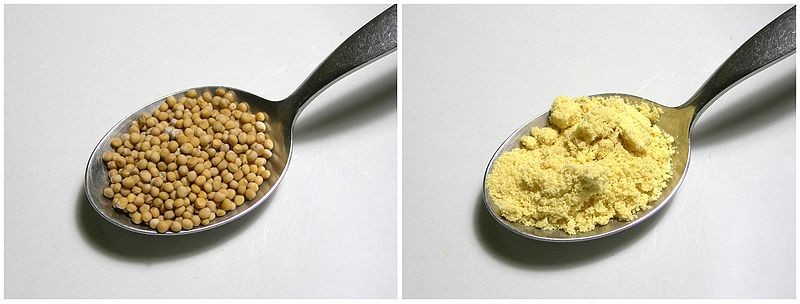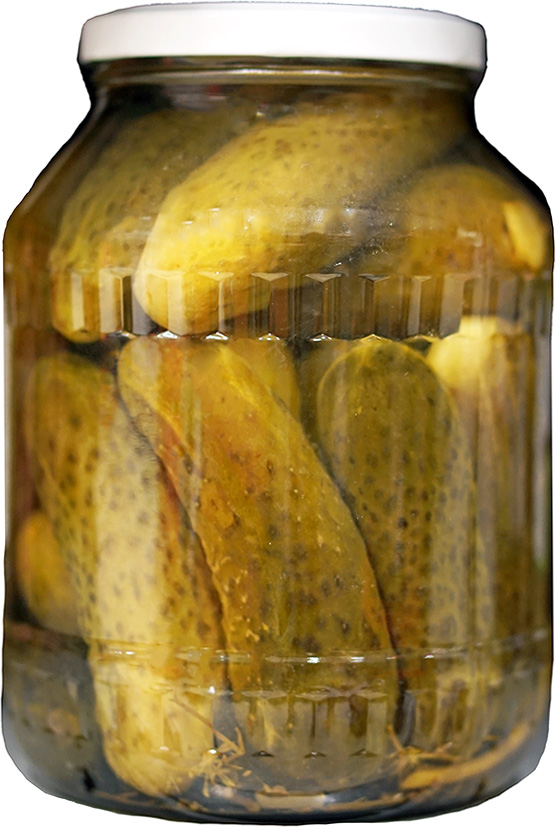The food industry has constantly adapted and transformed over the years to meet the demands of consumers. One thing has always been constant; enhancing the flavor of the food products. There are many ways to enhance the flavor of food such as marinating, smoking, and deep-frying. Perhaps the easiest way to enhance the flavor of food is through the use of condiments. Condiments are added to food to enhance the flavor without changing the method of cooking or preparing the food.
There are many types of condiments in the market today, including but not limited to: Normal condiments, which are single ingredients such as a spice or a vegetable; compound condiments, which are multiple condiments used in complex ratios such as ketchup and mustard; oil-based condiments, made primarily using fat such as mayonnaise; and relishes, which involve chopping up vegetables or fruit and preserving them in flavorful liquid, such as cucumber relish. More information on normal condiments is available in the spice and extract module. In this module, the focus will be on the most significant American condiments: Ketchup, mustard, mayonnaise, and relish.
Preparation and Production
Raw material must be harvested and then prepared so that it can be turned into a condiment. This section entails the pretreatment and preparation of the condiment ingredients before they can be processed into a finished product. After the main ingredients are processed, they may be cooked and mixed with other ingredients.
Ketchup
The primary ingredients of ketchup are tomatoes, onion powder, vinegar, sugar, cornstarch, and salt. Other ingredients and spices may be added based as desired. The acid and sweetener used in the ketchup may also change based on the desired caloric content. The tomatoes must be processed before the manufacturing process. Tomatoes are brought from farms when they have reached full maturity, since the riper the tomato, the more body and flavor in the final product. The tomatoes must go through a precooking step in which they are boiled to make it easier to remove the skin.
Once the tomatoes are boiled, they can be taken through a pulping machine, where the seeds, stem, and skin are easily removed. This prevents any unnecessary bitterness from flavoring the ketchup. The tomato flesh left over after pulping is screened out from the juice, making a thick tomato paste. You can find more information on screeners in the screeners module. The processed tomatoes are now ready to be made into ketchup.
Ketchup is developed in a batch process. Ingredients are placed in a kettle drum with a stir rod and cooked. The stir rod ensures even heating and keeps the mixture from burning on the sides of the kettle. The stir rod is very important in the process. There are many components mixing together at different viscosities. There is a control system on the stir rod to help control speed based on the relative viscosity of the mixture. When cornstarch is added to the mixture, the mixture turns into a non-newtonian fluid. The starches act in such a way that sudden forces or impacts will change the viscosity. To mix properly, the stir rod factors this potential change in viscosity.
Once the ketchup mixture is cooked, it is relatively smooth. There may still be some small fibrous pieces of tomato flesh, and some of the ingredients may have not mixed fully. To get a proper mouthfeel on the final product, it must be a smooth, thick liquid that is fully homogenized. If it appears that the texture of the ketchup is not quite right, it may be screened one additional time. To prevent this extra step, many companies will buy bulk tomato paste instead of preparing fresh tomatoes, as there is less variability in buying the pre-processed product.
Cooking of the tomato and other ingredients may cause some discoloration. This discoloration is unappealing to the customer so artificial food coloring may be added to ensure that the ketchup reaches a fully saturated red hue. This hue is very similar to the outer skin of a ripe tomato, as shown below.
(Adapted from Wikimedia Commons)
Once the ketchup is cooked and has reached proper color and consistency, it is extracted from the kettle and is ready to bottle.
Mustard
Mustard is composed primarily of mustard seed, vinegar, water, and turmeric. Depending on the type of mustard being made, the mustard seed will be processed differently. This module will focus on yellow mustard. When mustard seed is brought to the factory, it is crushed into a fine flour using roller mills. More detail on roller mills can be found in the size reduction module. Yellow mustard uses very finely ground mustard seed so the seed will have to be milled several times. The transformation of grinding the mustard seed can be seen below. The mustard flour goes through a sieve process to filter out the bran and the hull from the mixture, resulting in a smoother texture. The mustard seed is now ready to be made into mustard.
The mustard seed flour is added to a vat with water. When the water is added to the mustard an enzymatic reaction takes place that releases the mustard flavor from the mustard flour. Vinegar and turmeric are then added to the vat. The temperature that the mustard mixture is heated up to will influence the flavor of the final product. Unlike ketchup, mustard is typically colored naturally. The bright yellow color of the mustard is from the added turmeric. In some cases, typically when low-quality turmeric and mustard are used, yellow food coloring may be added. Once the mustard has simmered at the desired temperature for a long enough period, it is ready to be bottled.
Mayonnaise
The primary ingredients of mayonnaise are soybean oil, eggs, water, vinegar, salt, and preservatives. The preservative, typically sodium calcium edetate, is important due to the presence of egg. Sodium calcium edetate extends the shelf life of the mayonnaise product by slowing down the growth of bacteria. The egg and water must be mixed ahead of time so that they can act as an emulsifying agent. They are added to a mixer in specific proportions. To learn more about mixers, see the mixers module. The emulsifying agent is then ready, and the mayonnaise-making process can proceed to create an emulsion, in which small droplets of oil will be suspended in water, with the egg yolk serving as an emulsifier.
Emulsifying the mayonnaise ingredients is a complex process. While the mixer is spinning at a high speed, ingredients are added slowly to the emulsifying agent. A visual of emulsification can be seen below. It is very important that the emulsification does not break, meaning that the oil and fats separate from the other ingredients. This requires precision in the mixer speed. As oil is added, the viscosity of the mixture is going to change. If the flow rate of oil added is measured, it is possible to deduce the necessary speed needed by the mixer to keep the emulsion intact with the increase in viscosity.
If the mayonnaise remains intact throughout the emulsification process, it is taken out of the mixer and is ready to be bottled.
Relish
Relishes are made of cucumber, vinegar, sugar, salt, and spices. Cucumbers must be processed before they can be turned into relish. They are first washed to get rid of any excess dirt, blanched to kill off contaminants, then finely chopped, so that the size and shape of the cucumber does not matter in relish production. The physical differences between the cucumber pickle and relish can be seen below. Cucumbers that cannot be used in pickle-making are used to make relish. These finely chopped pieces are then placed in a cooled tank of water for a few hours to deactivate enzymes that may affect the pickling process. Once the cucumbers have soaked in the water for long enough, they are drained and are ready to become relish.
(Adapted from Wikimedia Commons and Flickr, respectively)
The chopped cucumber is added to a glass jar. A hot mixture of water, salt, vinegar, and the desired spice blend is added to the cucumber mixture. The added liquid is called the brine. Once the brine is added the pickling process starts. Pickling is the preservation of a food using acetic acid (vinegar). There are other ways to pickle, such as using lactic acid via fermentation. This method may offer more flavor to the final product, but is difficult to do in conventional industrial settings as they are much slower processes that are harder to control.
Once the brine is added to the cucumber, the jar is sealed. Unlike other condiments, most relishes are canned. The relish does not have the shelf-stable properties that most other condiments have because there is less processing. The vegetable or fruit is left relatively intact, and can be compromised by bacteria relatively easily before proper pickling. It is very important that the jar is properly sealed so that bacteria cannot interfere with this process. To understand the sealing process more, please visit the Canned Foods Module.
Quality Control
Bottling and Sealing
Before bottling, all of the containers must be sterilized. This can be done using numerous antibacterial products. The important thing is that the sterilizing agent is evaporated or wiped off before the addition of the condiment. When the condiment is added, the bottle is filled in such a way that the air within the bottle is expelled. Doing this keeps air out of the final product. Keeping air out is one of the main factors in obtaining a long shelf life.
The condiments discussed in this module tend to be shelf-stable for a long period of time. The reason for this is that all of the condiments are all properly sealed. After the bottles are filled an airtight seal is placed on the condiment so that bacteria growth is minimized. The seal must be resilient because any puncturing of the seal will lead to a spoiled product. The seal is typically made of plastic because it will not react with any of the acidic elements of the condiment.
Once condiments are bottled and sealed properly, they are distributed to local retail stores where they can be purchased by the consumer.
Storage and Labelling
Once they are opened by the consumer, it is important to store the condiments properly. Because of its high acidity, opened ketchup takes a long time to spoil at room temperature. The time span in which the consumer finishes the bottle will determine whether it should be refrigerated or left out. Yellow mustard does not spoil by being left out, but the flavor will degrade over time by keeping it at room temperature. Mayonnaise must be kept refrigerated after opening because of the potential for eggs to spoil. Depending on the acidity of the relish it may be kept refrigerated. All condiment labels should have a “Refrigerate after opening” on the labelling if refrigeration is needed. If a consumer does not refrigerate the condiment, they will be held liable for any increase in bacteria growth that may lead to sickness.
Acknowledgments
- Adapted from Flickr, Alli’s Cilantro Pickle Relish from Shane Adams
- Adapted from Wikimedia Commons, Ketchup Example 2 from Bobek
- Adapted from Wikimedia Commons, Fresh Tomatoes from Ph Oto Design
- Adapted from Wikimedia Commons, Senf-Variationen from Rainer Zenz
- Wikimedia Commons, Condiment tray from Boll Weevil
- Wikimedia Commons, Pickled Cucumber from Kulmalukko
References
- The Complete Book on Tomato & Tomato Products Manufacturing (Cultivation & Processing)(2nd Revised Edition): Agro Based Small Scale Industries Projects, Business plan for tomato paste production, Cost of tomato processing plant, Food Processing & Agro Based Profitable Projects, food processing business list, Food Processing Industry in India, Food Processing Projects, Free Project Profiles on Tomato processing, Functional Value-Added Fruit and Vegetable Processing,. (2017). (n.p.): NIIR PROJECT CONSULTANCY SERVICES.
- Garden-Robinson, J. (2019, August). Food Preservation: Making Pickled Products. In North Dakota State University Publications. Retrieved from https://www.ag.ndsu.edu/publications/food-nutrition/making-pickled-products
- Handbook of Food Science, Technology, and Engineering. (2006). United Kingdom: Taylor & Francis.
- How Your Favorite Condiments are Made (2019, May 28). In Philidelphia Mixing Solutions. Retrieved from https://www.philamixers.com/news/how-condiments-are-made/
- What is Mustard? (2103, May 21). In The Association for Dressings and Sauces. Retrieved from https://dressings-sauces.org/what-is-mustard/
Developers
- Austin Potter


